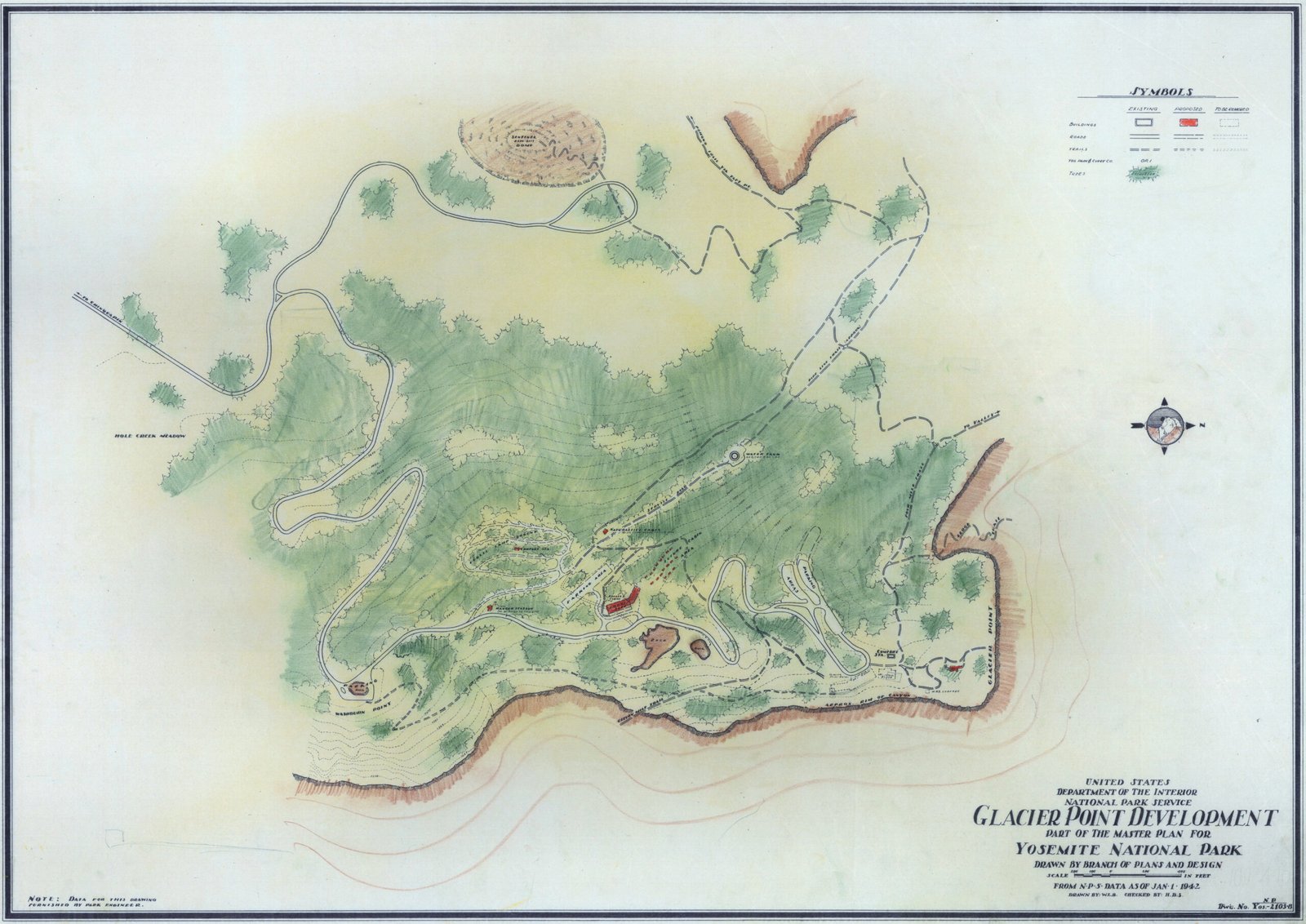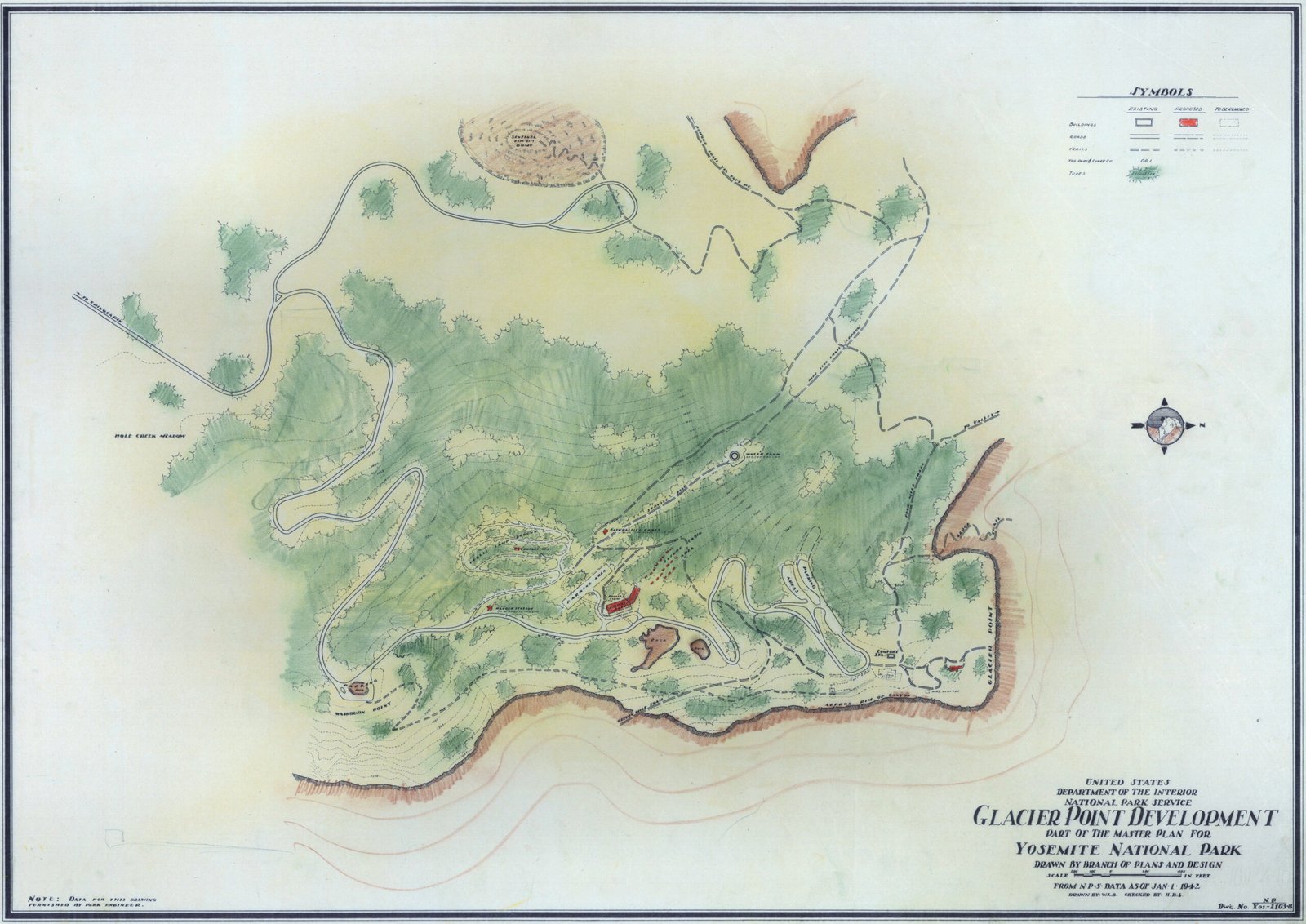The White-tailed Ptarmigan is a remarkable bird species found in Glacier National Park’s alpine regions. These well-adapted birds thrive in harsh, high-altitude environments, changing their plumage seasonally to blend with their surroundings. Ptarmigans in Glacier National Park inhabit areas above 6,000 feet, nesting in rocky terrain and feeding on alpine vegetation. Their presence is a testament to the park’s diverse ecosystems and the delicate balance of alpine habitats.
Where Can You Spot Ptarmigan Birds in Glacier National Park?

Ptarmigan birds can be observed in several locations within Glacier National Park:
- Ptarmigan Tunnel and Ptarmigan Wall Area
- Trailhead coordinates: 48.79958 N, 113.67924 W
- Starting point: Behind Swiftcurrent Motor Inn
-
Known for alpine habitats ideal for ptarmigans
-
Alpine Areas and Tundra
- Ptarmigan Lake vicinity
- Upper reaches of Ptarmigan Trail
-
Accessible via Ptarmigan Tunnel trail
-
High-Elevation Meadows
- Areas above treeline, typically 6,000-10,000 feet
- Look for rocky, windswept terrain
What is the Best Time to View Ptarmigans in the Park?


To maximize your chances of spotting ptarmigans:
- Visit during breeding season: June to mid-October
- Optimal viewing times: Early morning and late afternoon
- Consider weather conditions: Clear days offer better visibility
How Do Ptarmigans Adapt to Glacier National Park’s Environment?
Ptarmigans have evolved several adaptations to thrive in Glacier National Park’s alpine environment:
- Seasonal Plumage Changes
- Summer: Mottled brown for camouflage in rocky terrain
-
Winter: Pure white to blend with snow
-
Feathered Feet
- Act as natural snowshoes
-
Provide insulation against cold
-
Specialized Diet
- Consume buds, leaves, and seeds of alpine plants
-
Able to digest tough vegetation
-
Behavioral Adaptations
- Burrow into snow for insulation
- Form small flocks in winter for protection
What Challenges Do Ptarmigans Face in Glacier National Park?
Ptarmigans encounter several challenges in their alpine habitat:
- Predation
- Threats from hawks, eagles, and mammals
-
Rely on camouflage and vigilance for protection
-
Climate Change
- Warming temperatures affect habitat and food availability
-
Earlier snowmelt may disrupt breeding patterns
-
Habitat Loss
- Shrinking alpine areas due to tree line shifts
-
Increased competition for suitable territories
-
Human Disturbance
- Hiking and recreational activities in breeding areas
- Potential stress on nesting birds
How Do Ptarmigans Contribute to Glacier National Park’s Ecosystem?
Ptarmigans play important roles in the park’s alpine ecosystem:
- Seed Dispersal
-
Spread seeds of alpine plants through their droppings
-
Food Source
-
Prey for predators like golden eagles and lynx
-
Indicator Species
-
Their presence indicates healthy alpine habitats
-
Nutrient Cycling
- Droppings contribute to soil fertility in nutrient-poor areas
What Conservation Efforts Support Ptarmigans in Glacier National Park?
Several initiatives aim to protect ptarmigans and their habitat:
- Habitat Monitoring
- Regular surveys of alpine areas
-
Tracking population trends
-
Climate Change Research
-
Studying impacts on ptarmigan habitat and behavior
-
Visitor Education
- Informing park visitors about ptarmigan conservation
-
Promoting responsible wildlife viewing practices
-
Habitat Protection
- Limiting development in critical alpine areas
- Managing human access to sensitive breeding sites
How Can Visitors Responsibly Observe Ptarmigans in Glacier National Park?
To ensure the well-being of ptarmigans and their habitat:
- Stay on Designated Trails
- Avoid disturbing nesting areas
-
Prevent damage to fragile alpine vegetation
-
Use Binoculars or Spotting Scopes
- Observe birds from a distance
-
Minimize stress on ptarmigans
-
Respect Closures and Warnings
- Follow park regulations regarding wildlife areas
-
Heed seasonal restrictions during breeding periods
-
Report Sightings
- Share observations with park rangers
- Contribute to citizen science efforts
What Unique Behaviors Can Be Observed in Glacier’s Ptarmigan Population?
Ptarmigans in Glacier National Park exhibit fascinating behaviors:
- Territorial Displays
- Males perform elaborate courtship rituals
-
Includes wing-flapping and vocal calls
-
Nesting Habits
- Females create ground nests in rocky areas
-
Typically lay 5-7 eggs per clutch
-
Chick Rearing
- Chicks are precocial, able to leave nest shortly after hatching
-
Parents guide chicks to feeding areas
-
Winter Flocking
- Form small groups for protection and warmth
- Often seen huddled together in snowy conditions
By understanding and appreciating the ptarmigan birds in Glacier National Park, visitors can contribute to the conservation of these remarkable alpine dwellers and the unique ecosystems they inhabit.
References:
1. Montana Field Guide – White-tailed Ptarmigan
2. Hiking in Glacier National Park – Ptarmigan Tunnel
3. Glacier Guides – Hiking Ptarmigan Tunnel